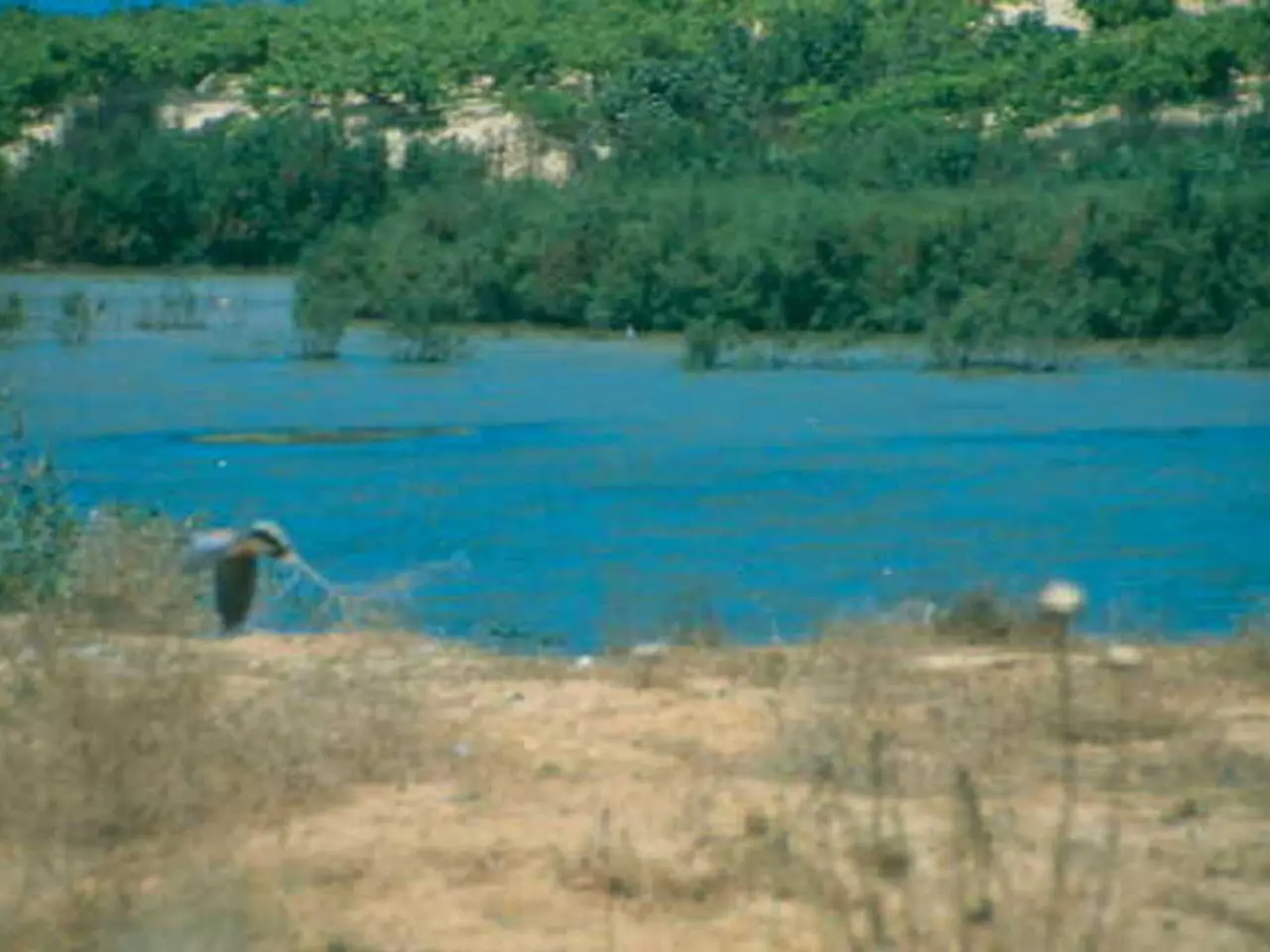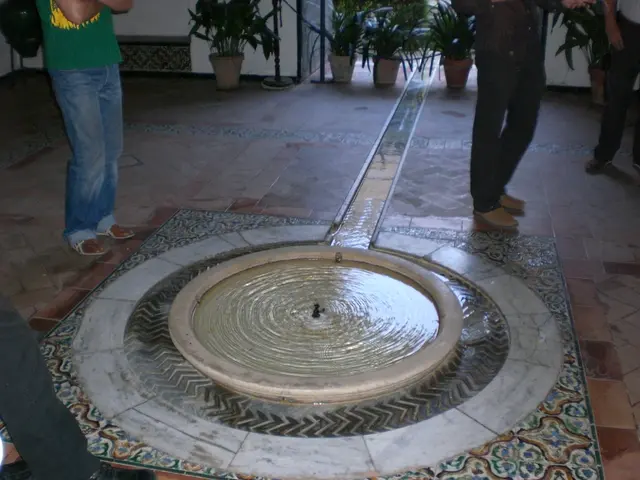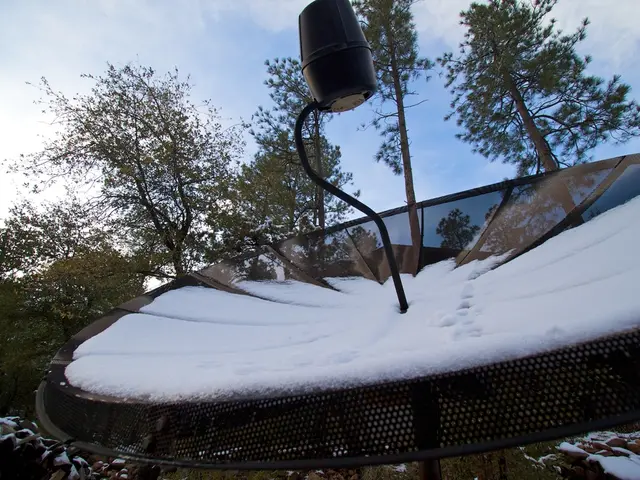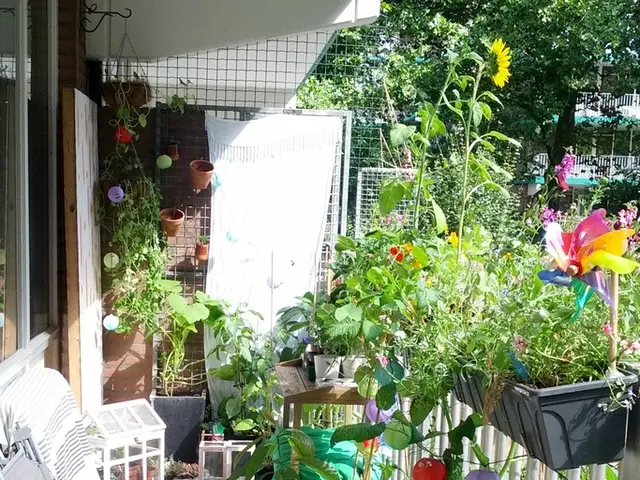Cultivating Magnolias: Selecting Suitable Soil for flourishing growth
In the pursuit of creating a captivating garden, the magnolia tree stands out as a stunning addition, with its large, fragrant flowers and glossy leaves. However, to ensure these beautiful plants thrive, it's essential to understand their preferred soil conditions.
Magnolias prefer light, well-drained soils that are moist but not soggy. They thrive in soils that are acidic to slightly acidic (ericaceous conditions), but many varieties can tolerate neutral to alkaline soils as well. To achieve the perfect soil mix for your magnolia, consider using a suitable potting mix such as Scotts Osmocote® Premium Potting Mix.
The soil should be moderately moist—neither too dry nor waterlogged. To maintain this balance, ensure there's good drainage, especially when planting in waterlogged areas, by adding a drainage layer.
Enrich the soil with organic matter to improve fertility and moisture retention. This will help create the ideal environment for your magnolia to flourish. For potted magnolias, a soil mix suitable for acid-loving plants—such as ericaceous compost or a John Innes ericaceous potting mix—is recommended.
Good drainage is essential. To prevent root rot, dig a hole that is about twice as wide and the same depth as the magnolia's root ball. When planting a magnolia, avoid a hard, compact edge that may hinder root growth and water drainage.
While magnolias prefer slightly acidic soil (pH around 5.0-6.5), some species and cultivars are adaptable to neutral or mildly alkaline soils. However, strongly alkaline soils should be avoided. If your soil is too alkaline, consider adding a sack of peat soil to the planting hole to increase acidity.
After planting, water the magnolia well and keep the soil moist for the first few weeks. Position the magnolia in the hole, ensuring the top of the root ball is level with or slightly above the soil surface. Backfill the hole with the soil you removed earlier, firmly tamping it around the roots to eliminate air pockets. Give the soil a good watering, ensuring it drains properly.
It's crucial to avoid planting magnolias in wet or poorly drained soils. When planting in a container, choose a pot with good drainage. After planting, spread a thick layer of bark mulch around the plant, keeping it a few inches away from the trunk. Water the magnolia regularly during dry weather to establish new roots.
By providing your magnolia with the ideal soil conditions, you'll be rewarded with healthy plants that produce abundant flowers and lush foliage. Happy gardening!
[1] RHS (2021) Magnolia. Available at: https://www.rhs.org.uk/plants/31041/Magnolia/Details [2] Garden Myths (2021) Magnolia Myths and Care Tips. Available at: https://www.gardenmyths.com/magnolia-myths-and-care-tips/ [3] HGTV (2021) How to Plant a Magnolia Tree. Available at: https://www.hgtv.com/outdoors/plants-flowers/how-to/how-to-plant-a-magnolia-tree [4] The Spruce (2021) How to Care for a Magnolia Tree. Available at: https://www.thespruce.com/how-to-care-for-a-magnolia-tree-3166907
- To aid in the beneficial growth of magnolias, it's advantageous to incorporate suitable soil mixes specifically designed for acid-loving plants, such as Scotts Osmocote® Premium Potting Mix or ericaceous compost, into home-and-garden projects for these trees.
- By implementing proper gardening practices, like ensuring a moist yet not soggy soil environment, maintaining good drainage, and enriching the soil with organic matter, one can contribute significantly to the health of magnolias, leading to the production of numerous flowers and verdant foliage.








